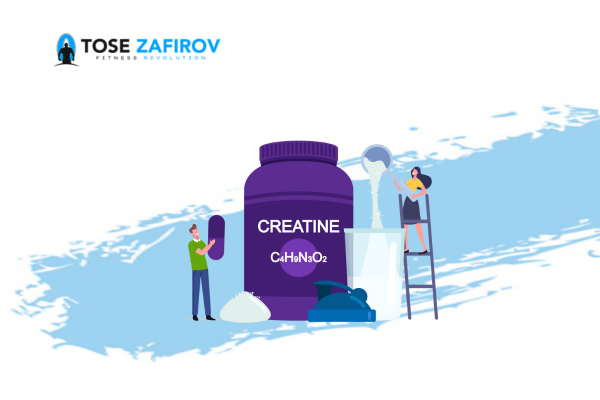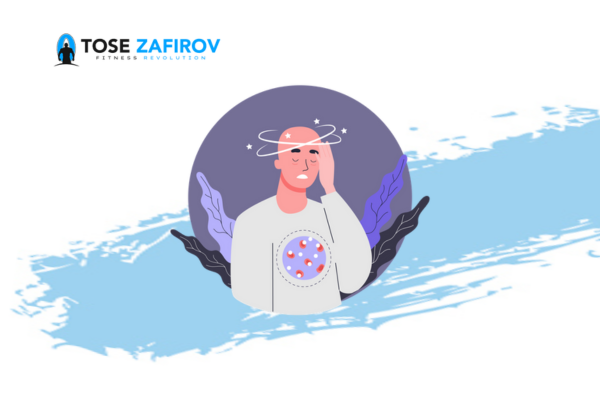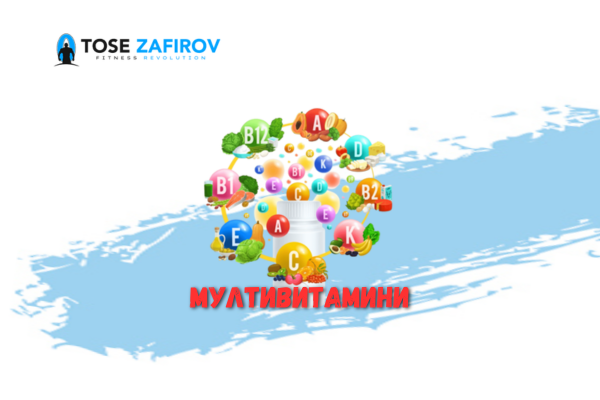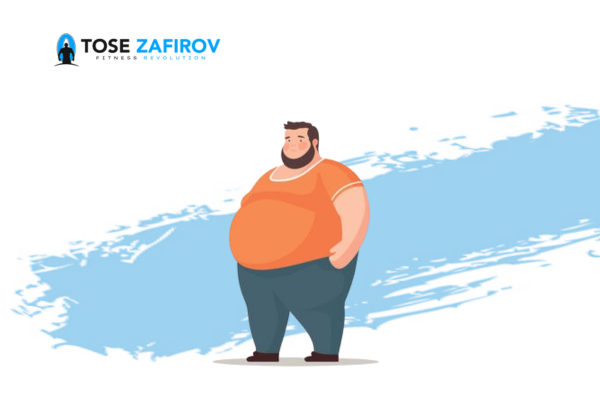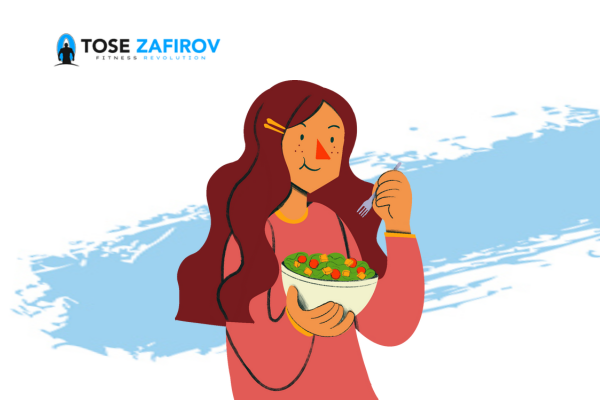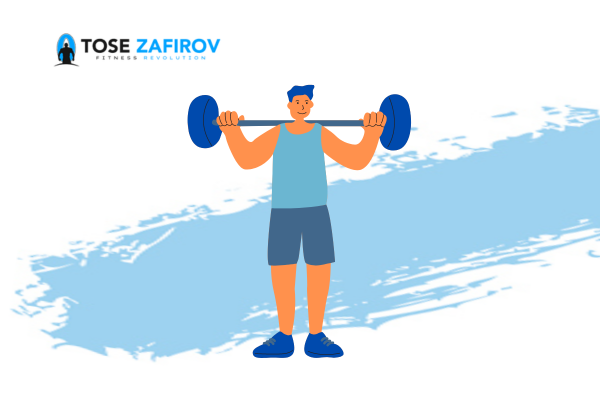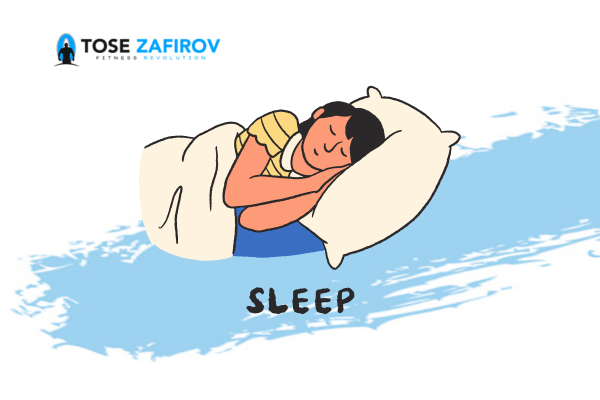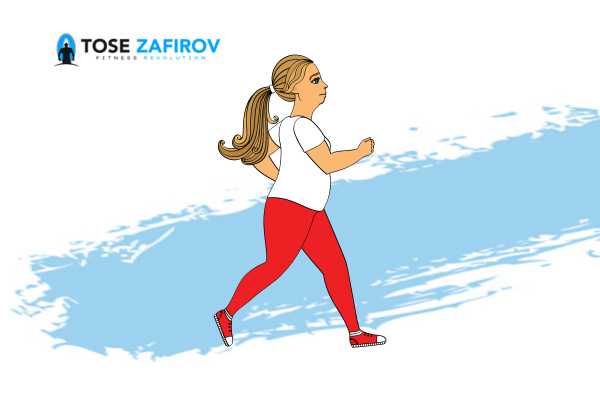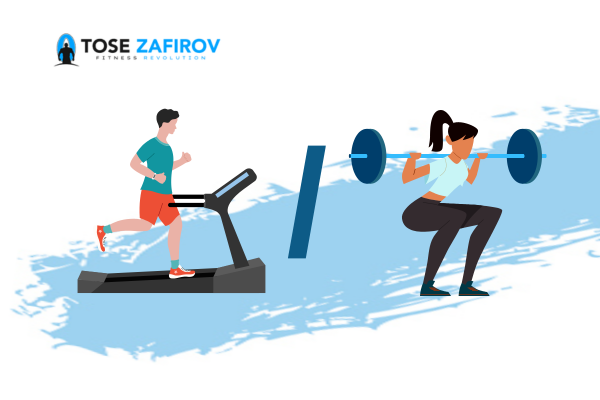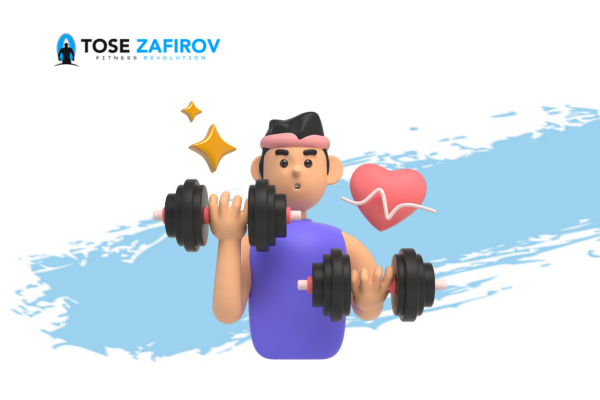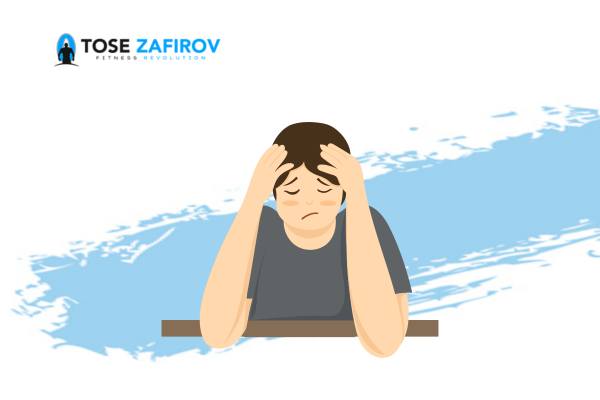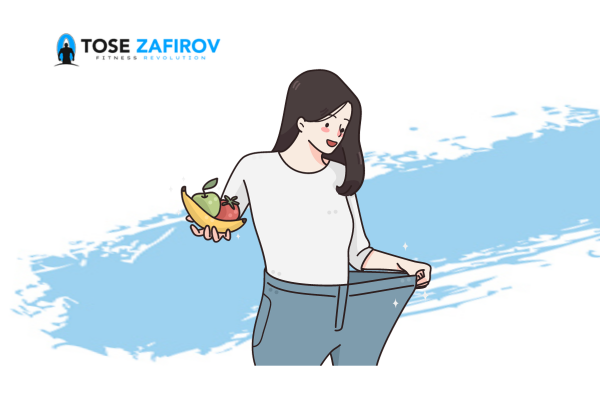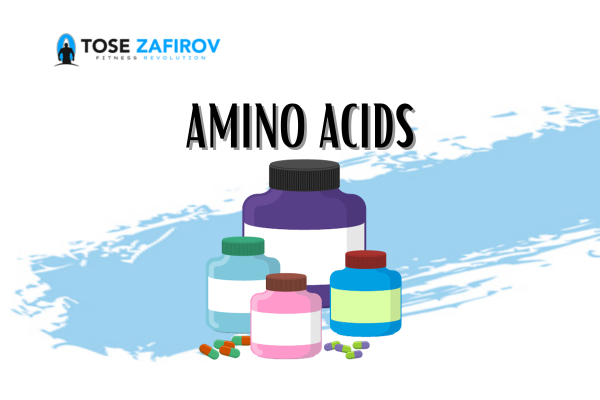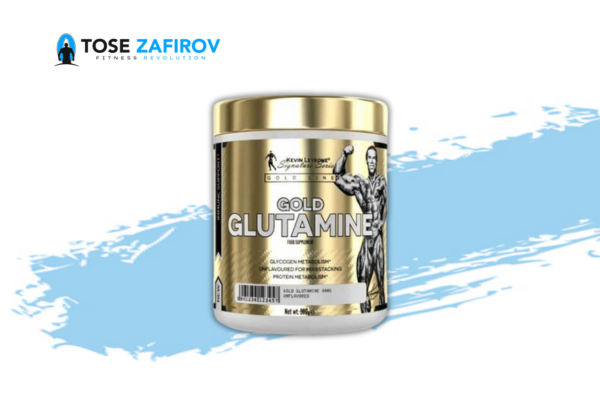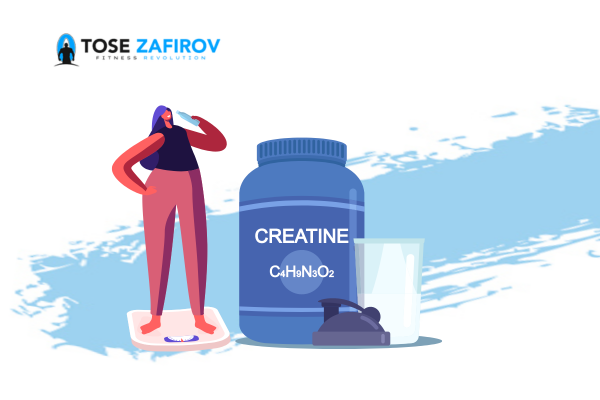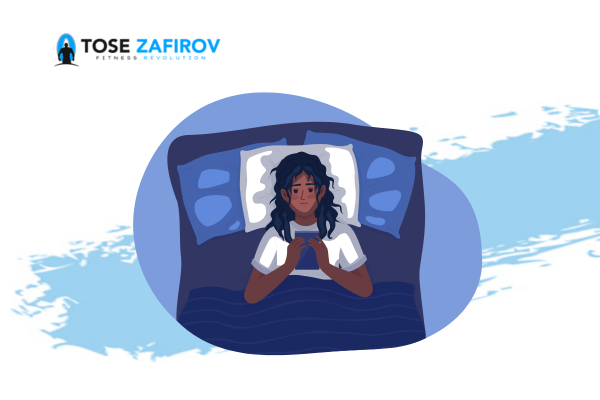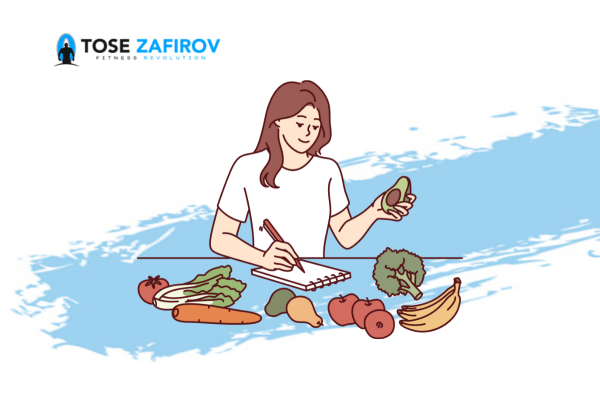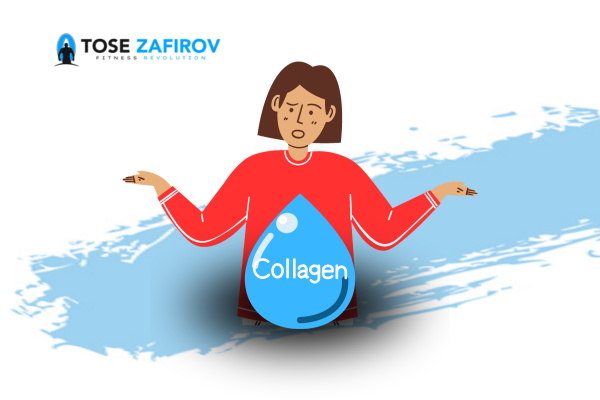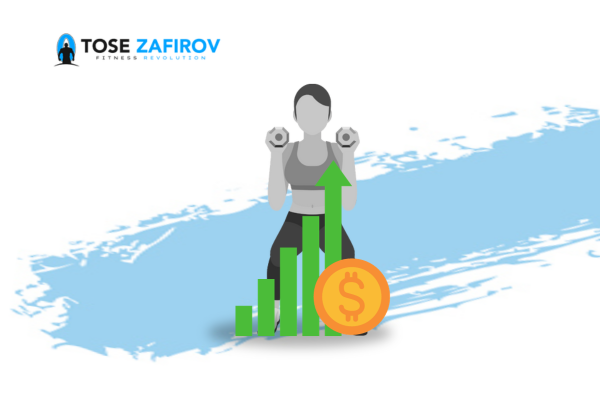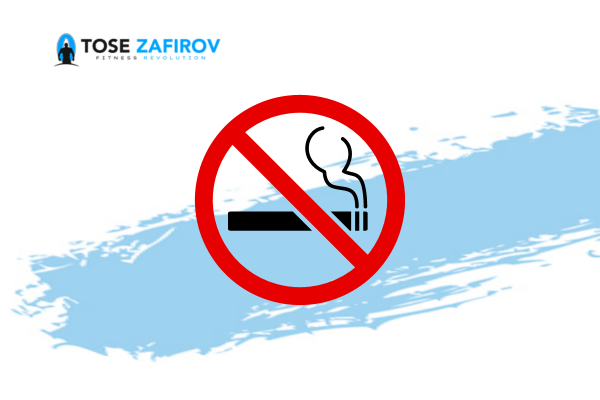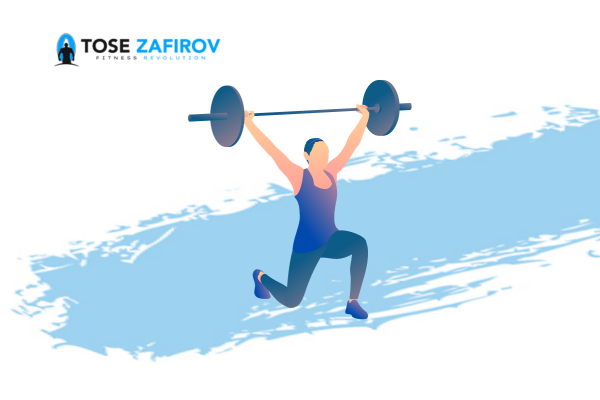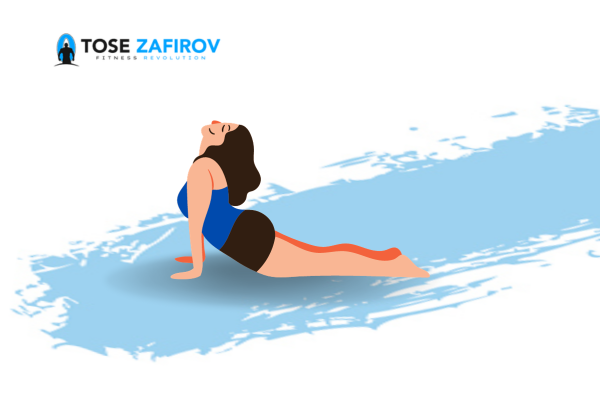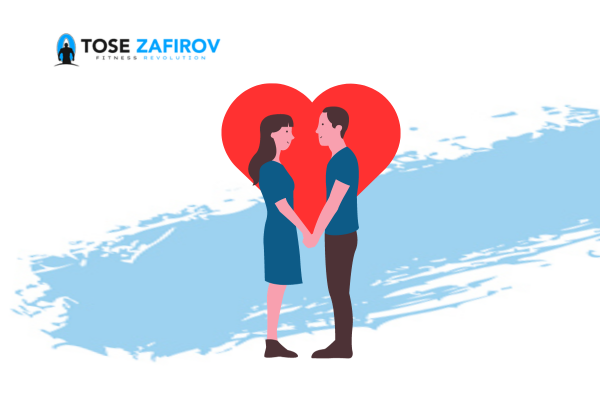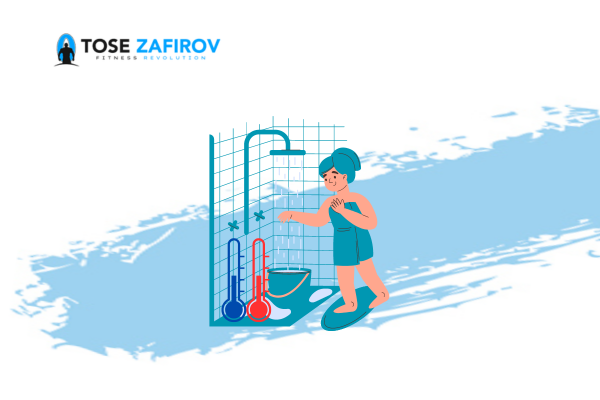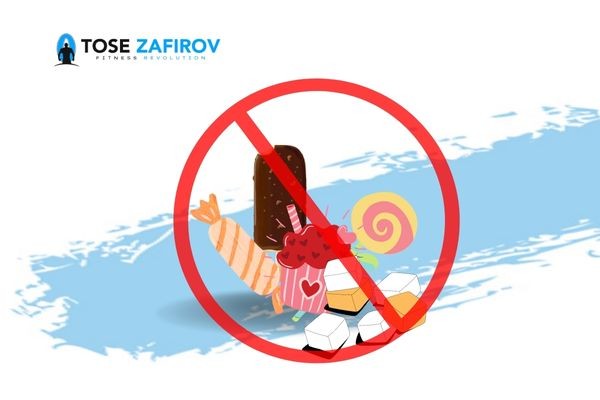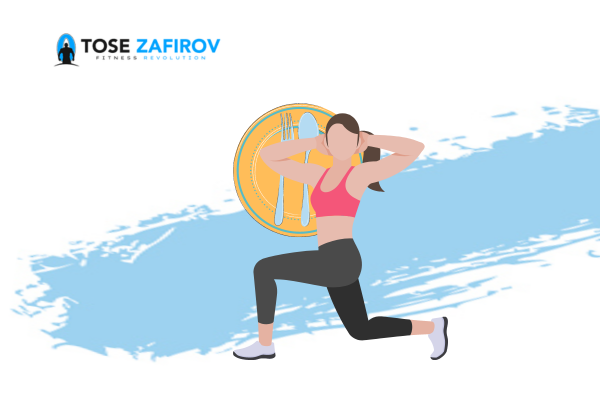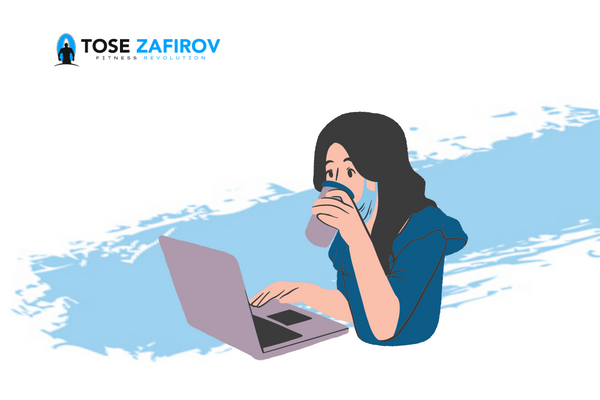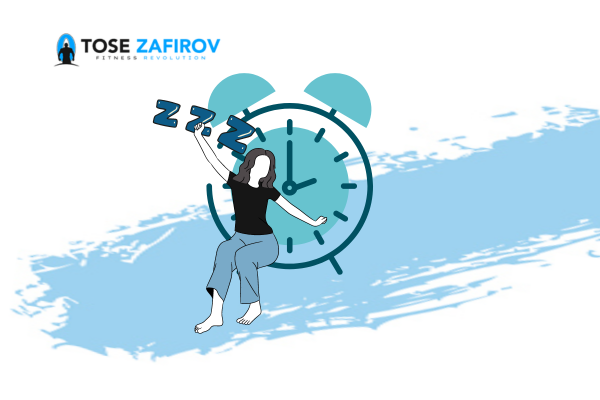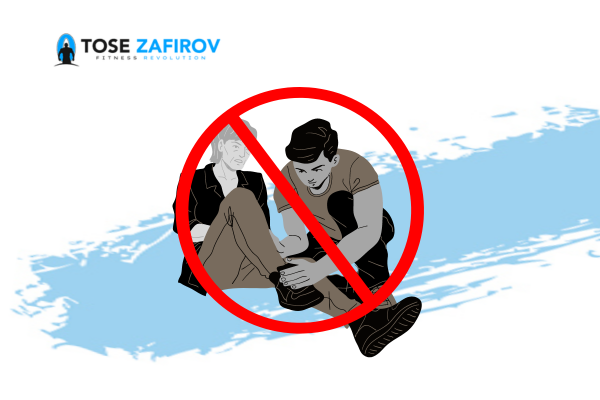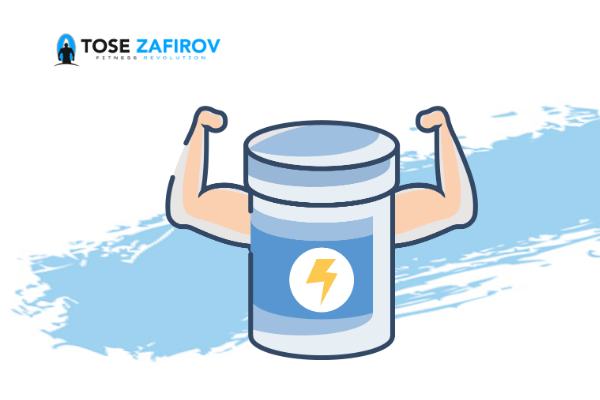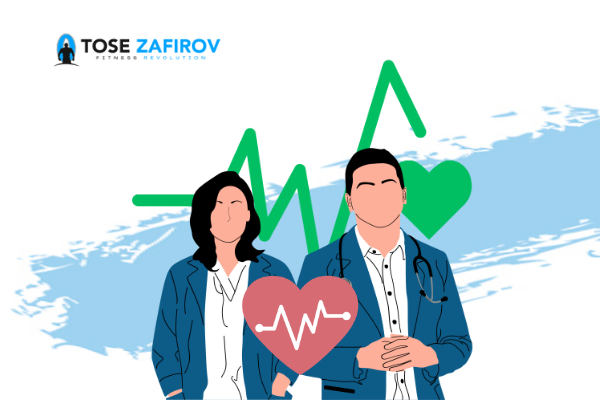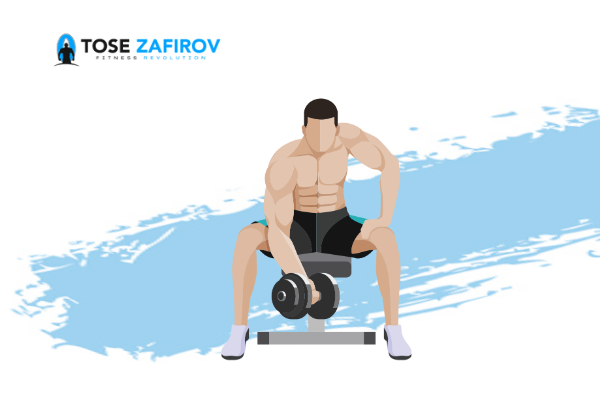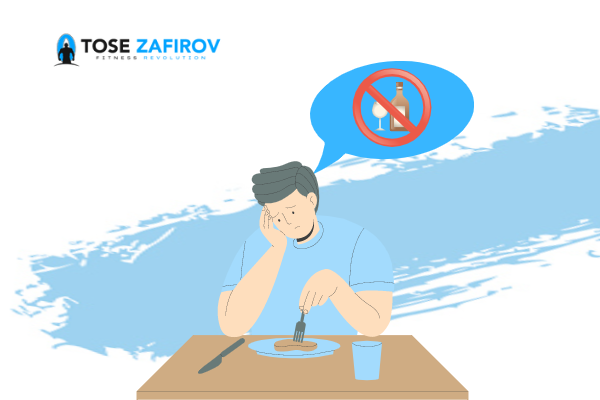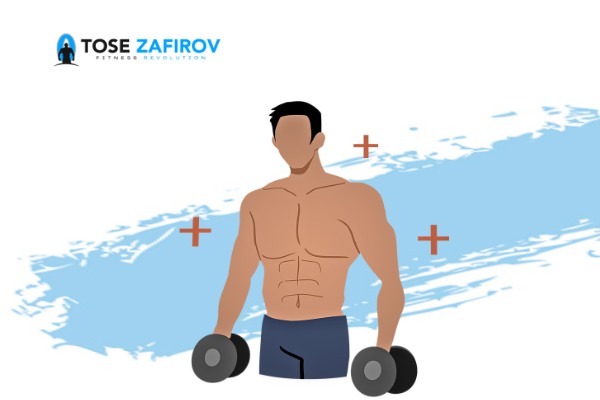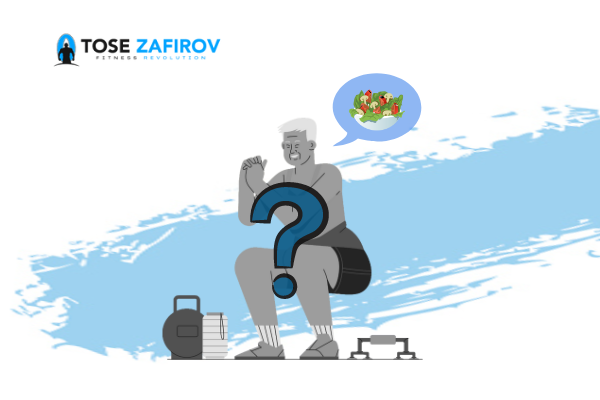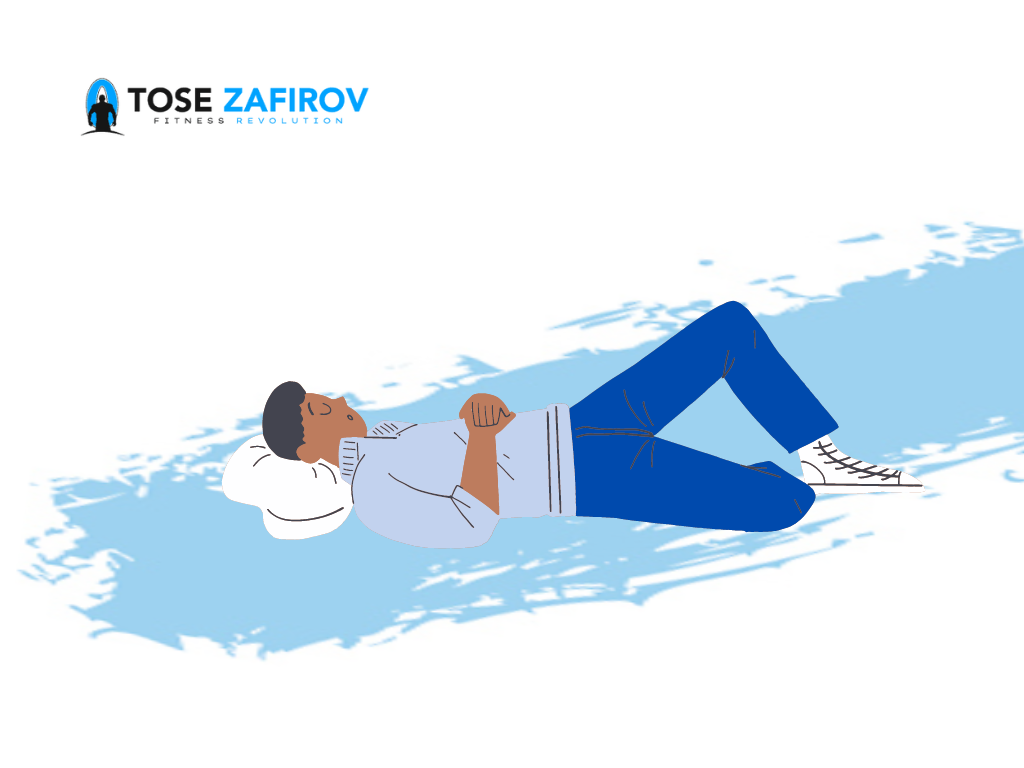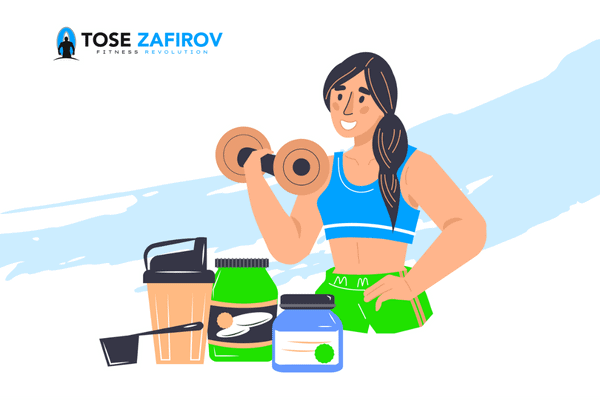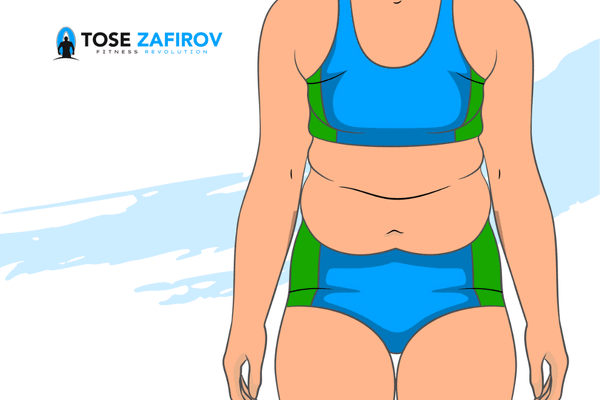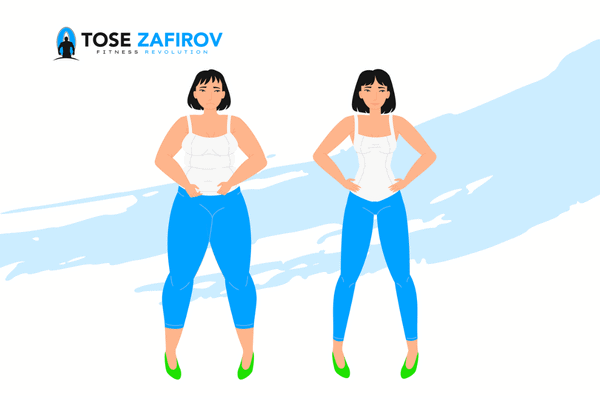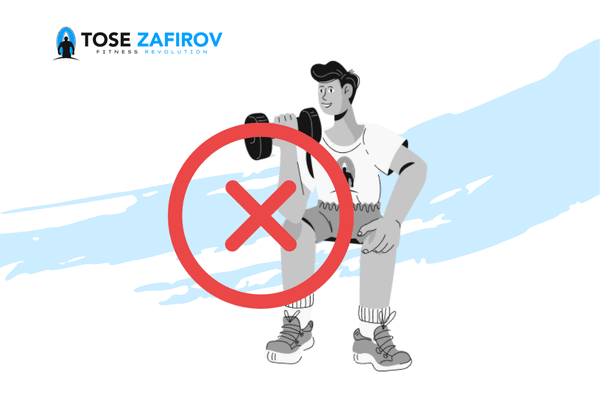The phrases cheat meals and cheat days have become popular for individuals who are on a diet or just live a healthy lifestyle. Why? Because sometimes the key to healthy eating is “cheating” on your diet once in a while. Fast forward, the first guideline for including cheat days in your diet is to consider them more as a meal you deserve to enjoy guilt-free rather than as breaking your meal plan. Due to this, we prefer using the phrase ‘treat meals’ as opposed to ‘cheat meals.’
In this article, we will cover the basics of cheat meals. You’ll also learn how they can help you lose more fat and speed up your weight loss process. At last, what are the ways to use cheat meals efficiently?
Key Takeaways:
- A cheat meal can help you lose more fat
- There are various ways to use your cheat meals to lose fat faster
- It would be best to always plan your cheating meals
What Is A Cheat Meal?
A cheat meal is a meal that does not follow certain rules of a weight-loss diet. It entails eating “off-plan.” Cheat meals are usually higher in calories than the other meals you often eat and typically contain more servings of things you restrict.
Note
For some, a cheat meal can be a pizza, cheeseburger, nachos, or pasta dish, but it does not necessarily have to mean only that. Others follow more strict diest. So, a cheat meal can only incorporate extra rice or potatoes to the typical steak dish for these people. Simply put, a cheat meal can include even meals you have not thought could be considered treats; it varies from person to person.
How Can A Cheat Meal Help You Lose More Fat?
You are probably asking yourself how can a cheat meal be effective. Leptin and ghrelin are your answer. Leptin is known as the “satiety hormone,” and ghrelin is the “hunger hormone,” and these hormones affect fat loss and appetite.
The main producer of leptin is the fat tissue, and leptin influences the hypothalamus in your brain to increase activity and reduce appetite, which brings us to calorie expenditure. Ghrelin stimulates appetite and growth hormones and is produced by the stomach. The brain receives signals that you are hungry from ghrelin.
Important
Low-calorie diets and routine low-intensity exercise have been found in studies to boost ghrelin production, which can result in increased food consumption and weight gain.
A cheat meal can help you in the following ways:
- It refills your body with glycogen – Glycogen is an important energy source that your body uses. The glycogen acts like a fuel which is a carbohydrate in your muscles. It is recommended to maintain high amounts of glycogen.
- It provides you with a mental break from your diet – Dieting is more fun and more sustainable when you have cheat meals planned. This is because you are provided with a mental break from the diet, which makes it much easier to continue decreasing calories. The occasional cheat meals lower the desire to overeat and make it easier to maintain your diet.
How To Use Cheat Meals To Lose Fat Faster?
Now that you understand the basics let’s move on to how you can use cheat meals to effectively speed up your weight loss.
#1: Avoid Going Over Your Maintenance Calorie Limit
You run the danger of overindulging and ruining your diet if you don’t establish realistic limits for your cheat meals. Even those who successfully diet during the week might stop losing weight or even gain it if they binge one day a week.
We advise ending your cheat meals at maintenance calories. If you consume much more than that, you will slow down your progress, particularly if you do it often.
Note
It is not a problem if you go above the margin by 5 or 10%.
#2: Try to Cheat Once or Twice During A Week
Cheating does not always increase daily calorie consumption, but it frequently does. If you cheat many times in a week, you may quickly reverse your calorie deficit during the diet and stop losing fat, or you will rapidly increase the calorie surplus when lean growing and acquire too much fat.
You will find your balance if you restrict yourself to one or two cheat meals during the week.
#3: Try to Consume Less Food Prior to Cheat Meals
This is referred to as “calorie borrowing,” and it requires cutting back on the calories you take throughout the day. In general, the easiest method to do this is to consume more protein and fewer carbohydrates and fat at every meal but your cheat meal on the day you indulge. By this, you will create a calorie buffer that does not blow your maintenance calories.
#4: Reduce Your Consumption of Fat and Prioritize Your Carbs
You may refill your glycogen levels by focusing on carbohydrates during cheat meals which will speed up your recovery and increase the productivity of your exercises. You will also need to limit fat when you are prioritizing carbs. This is due to the fact that consuming carbohydrates reduces fat burning, which causes your body to retain the majority of the dietary fat you consume with the carbs as body fat.
Pro Tip
Choosing carbohydrates over fat is advantageous if you overeat during your cheat meal. A few good examples of fat-free or low-fat foods high in carbohydrates include breakfast cereal, flour, white and whole-wheat bread, pasta, barley, oatmeal, rice, and other grains.
#5: Drink Alcohol Cautiously
Alcohol slows down the process of burning fat, which accelerates the rate at which your dietary fat is turned into body fat. Not only that, but it also speeds up the process of turning carbohydrates into body fat. You may get the most fat when you combine this with overeating.
Warning
One or two larger alcohol-infused cheat meals over the week are all it takes to destroy your weight loss success and put you in a rut.
The Bottom Line – Always Cheat With A Good Conscience
Cheating can be helpful in losing weight as long as it is deliberate and planned. Random bingeing is not a good idea because it can have bad physical and emotional effects even if you are eating cheat day-approved food. If you take care of your body, it will take care of you. That means responsible cheating!


